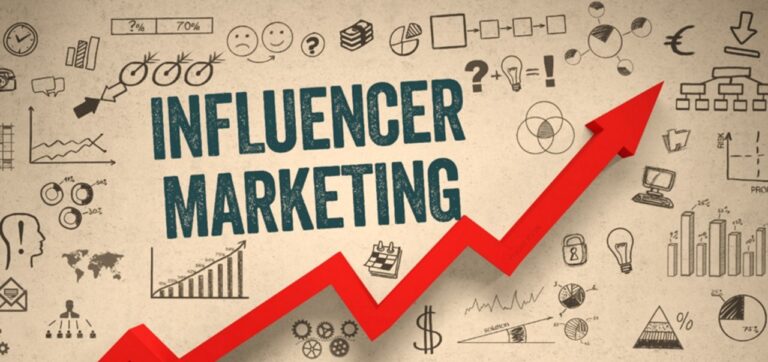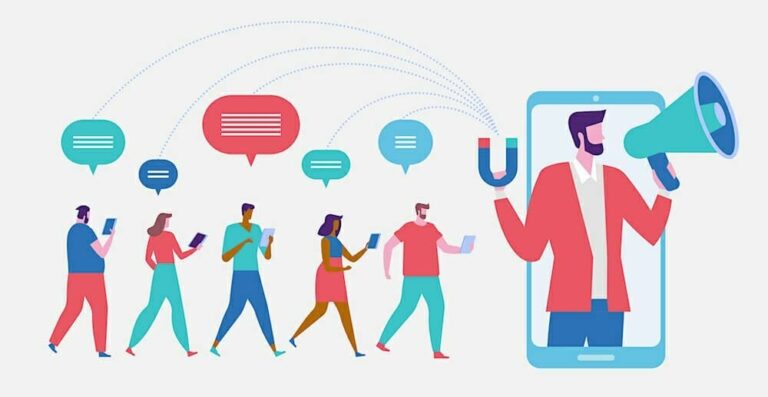
Across industries, productivity remains a constant pressure point. Whether you’re leading a finance department or managing product development, there’s always the challenge of doing more with less time, fewer resources, and tighter margins. Traditional automation tools help, but they often hit a wall when it comes to handling creativity, decision-making, or unstructured data.
That’s where generative AI begins to make its mark. With generative AI consulting for enterprises now emerging as a strategic investment, businesses are no longer limited to pre-coded tasks or static workflows. They can reimagine how entire functions, from marketing to HR, work together and respond more efficiently.
This blog will explore how generative AI consulting helps unlock productivity gains across multiple business areas, while offering practical examples and questions to help you assess where to begin.
What Is Generative AI Consulting?
Generative AI consulting involves strategic guidance, technical planning, and implementation support to help businesses apply generative models in meaningful ways. Think beyond text generation. It’s about building context-aware tools, automating complex decisions, and integrating AI into existing business systems.
The consulting process typically includes use case identification, risk assessments, pilot development, infrastructure evaluation, and long-term roadmap planning. What sets generative AI apart from traditional automation is its ability to generate new ideas, mimic human-like interactions, and operate in areas where creative judgment is required.
Marketing & Content: Producing More Without Compromising Quality
Let’s start with marketing. Campaigns, blogs, product copy, videos, and emails all require consistent messaging at scale. For years, teams have relied on manual workflows or scattered tools to get this done.
With generative AI consulting, organizations can move toward unified content pipelines where AI assists in ideation, draft creation, and even optimization. Imagine a setup where:
- AI tools generate campaign concepts based on seasonal trends or past performance.
- Product descriptions adapt in real time based on customer segments.
- Ad creatives are tested using AI-simulated audience reactions before going live.
This doesn’t replace your marketing team. It frees them up to focus on storytelling, strategy, and brand differentiation. The consulting element ensures that your AI outputs are trained on domain-specific knowledge, your brand voice, and compliance needs, so nothing gets lost in translation.
Customer Service: From Support Agent to Intelligent Assistant
Customer support centers often face bottlenecks, including slow response times, inconsistent replies, or overloaded teams. Generative AI, particularly when integrated with chatbots and ticketing systems, helps address these issues.
Through natural language processing and response generation, AI can handle a significant portion of queries. It doesn’t just rely on keyword triggers; it understands context, intent, and history. But for this to work smoothly, you need expert consulting to:
- Set clear boundaries for what AI should and shouldn’t handle.
- Integrate customer sentiment analysis for prioritizing responses.
- Create fallback paths for escalation to human agents.
By using generative AI as a frontline filter, businesses can reduce response time, maintain service quality, and ensure their human agents focus on complex or sensitive issues that require personal attention.
Product & Design Teams: Fueling Innovation Cycles
Generative AI isn’t only about text or chat. For product teams, it brings fresh capabilities, such as automated wireframing, idea simulation, code generation, and even design pattern suggestions.
Here’s where consulting makes a difference. Product and design leaders may not always know where AI fits in. An experienced consultant can assess the current product pipeline, identify areas for rapid prototyping, and implement AI systems that can:
- Draft product requirement documents based on voice notes or whiteboard snapshots.
- Auto-generate design variants for A/B testing.
- Simulate user flows or behavior models to validate early ideas.
This drastically shortens iteration cycles and removes bottlenecks between teams. It also reduces the dependency on large design teams or prolonged approvals to move from idea to mock-up.
HR & Talent: Smart Recruitment and Engagement
Recruitment, onboarding, and performance management HR teams handle a wide range of processes that involve both structured and unstructured data. Generative AI helps by automating and enhancing these workflows with context-aware intelligence.
Applications across HR include:
- Resume Screening: AI tools can scan hundreds of applications, identify top matches, and highlight key traits that align with role requirements.
- Job Description Writing: Based on internal role data, generative AI can create highly relevant and inclusive job descriptions.
- Employee FAQs: AI-powered assistants can answer common HR-related questions 24/7, reducing reliance on email back-and-forth.
- Engagement Pulse: Tools can generate insights from employee feedback, chat interactions, or survey results, helping HR spot disengagement early.
Instead of replacing human interactions, AI assists HR professionals in making better and faster decisions, thereby improving the overall employee experience.
Finance & Operations: Smarter Forecasts, Faster Workflows
How much time do your finance teams spend pulling data from multiple systems, reconciling spreadsheets, or drafting similar reports every month? These processes are ideal candidates for generative AI.
With consulting support, businesses can build AI models that:
- Generate monthly or quarterly summaries from real-time data feeds.
- Draft standard financial documents, compliance forms, or forecasts.
- Detect anomalies or suggest optimizations in procurement, vendor billing, or supply chain planning.
When finance and operations get these tools right, they stop firefighting and start forecasting. Productivity doesn’t just improve; it becomes measurable.
IT & Data Teams: Building Infrastructure That Adapts
Generative AI tools are only as good as the infrastructure they are built upon. For IT leaders, this means rethinking access control, latency management, and data privacy protocols.
Consultants in this domain help evaluate readiness, spot integration friction, and define technical pathways to scale AI safely. They guide businesses in setting up:
- Data pipelines for training custom models.
- Governance policies to monitor AI outputs.
- Secure API integration with CRMs, ERPs, and communication tools.
This ensures that the entire system, from the AI model to end-user interaction, works reliably across all functions.
Cross-functional Use Cases: Where AI Bridges Silos
Many businesses operate in silos, marketing doesn’t speak enough to product, and finance operates in a different rhythm than sales. Generative AI can help bridge these gaps.
Here’s how:
- AI-generated business summaries can help leadership see what’s happening across functions.
- AI bots can facilitate project updates, performance snapshots, or team retrospectives.
- Creative suggestions from AI can surface in meetings, helping teams converge faster.
With expert consulting, such cross-functional tools are mapped to real workflows and tailored to how your teams work, not just how AI works.
How to Identify the Right Use Case for Your Business
Not all functions need generative AI. And not every process benefits equally. So, where should you start?
Ask yourself:
- Where do teams repeat similar tasks daily or weekly?
- Which functions spend hours gathering, summarizing, or creating content?
- Are there decision-making bottlenecks that could be supported with AI-generated insights?
A consulting partner can help conduct workshops or audits to map these opportunities, prioritize them based on value and complexity, and build a practical roadmap.
Pitfalls to Avoid When Implementing Generative AI
Introducing AI isn’t always smooth. It’s important to avoid common traps like:
- Over-automating without testing outputs or maintaining quality controls.
- Relying on generic models that don’t understand your domain or brand tone.
- Ignoring ethical, legal, or compliance risks associated with generated content or decisions.
- Setting unrealistic expectations about “instant ROI.”
This is where consulting brings real value, not just in deployment but in helping businesses stay focused on what matters most: impact.
Evaluating ROI: What Does Productivity Really Mean?
Productivity gains from generative AI aren’t always measured in headcount reduction. Often, it’s about:
- Reducing time to insight or decision.
- Improving the quality and consistency of outputs.
- Accelerating go-to-market timelines.
- Freeing up teams to focus on high-impact work.
You can track productivity by benchmarking cycle times before and after AI integration, employee satisfaction in high-volume roles, or conversion rates on AI-supported campaigns.
When planned right, these metrics show a steady and sustainable rise.
Conclusion
Generative AI is a practical tool for driving measurable productivity gains across business functions. From speeding up content creation and improving customer service to enhancing decision-making in finance and streamlining HR operations, its applications are both diverse and impactful.
The key lies in applying it strategically. Without the right consulting support, AI can feel like just another tool. However, with expert guidance, it becomes a force multiplier, enabling your teams to focus on work that truly matters while automating the rest.






